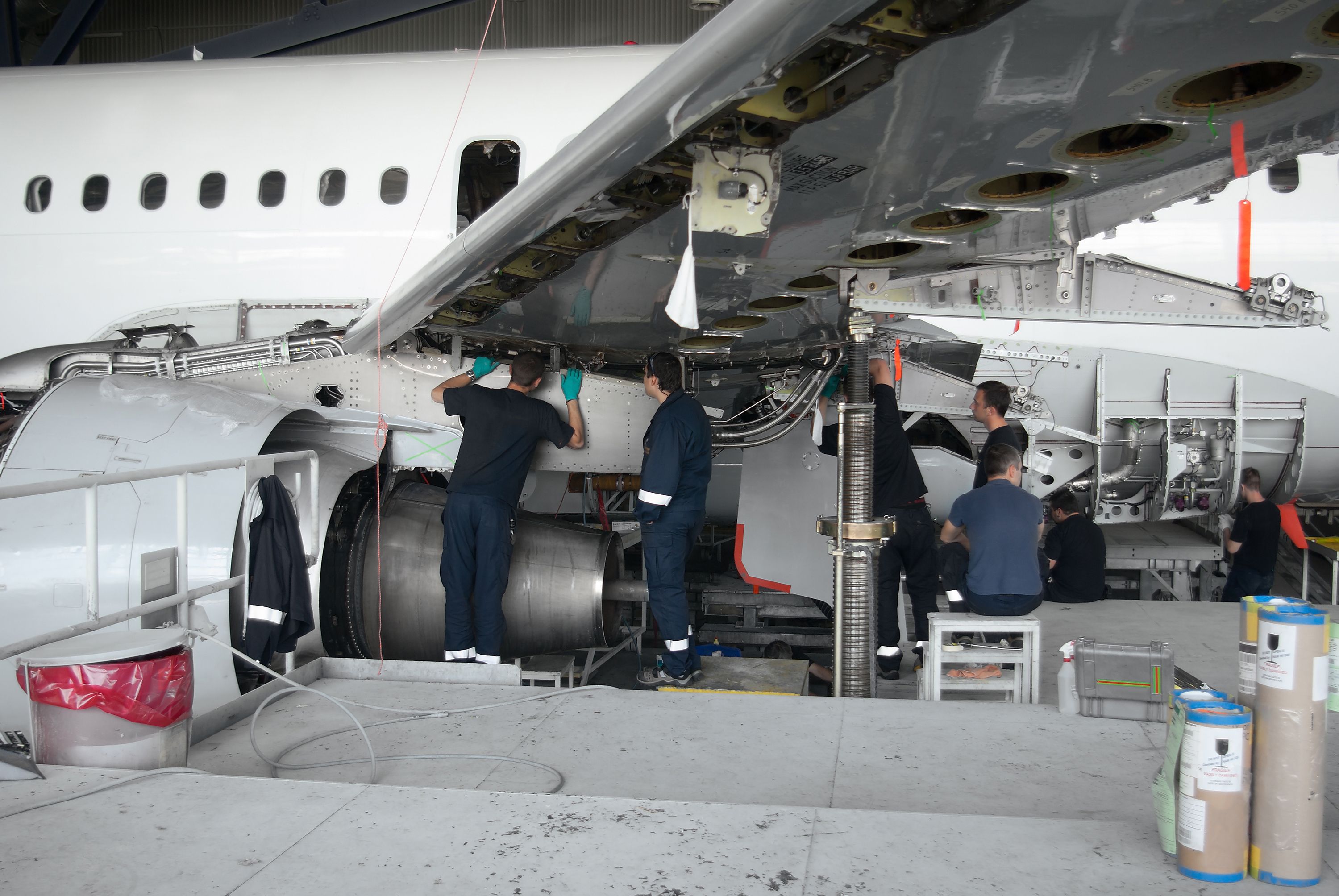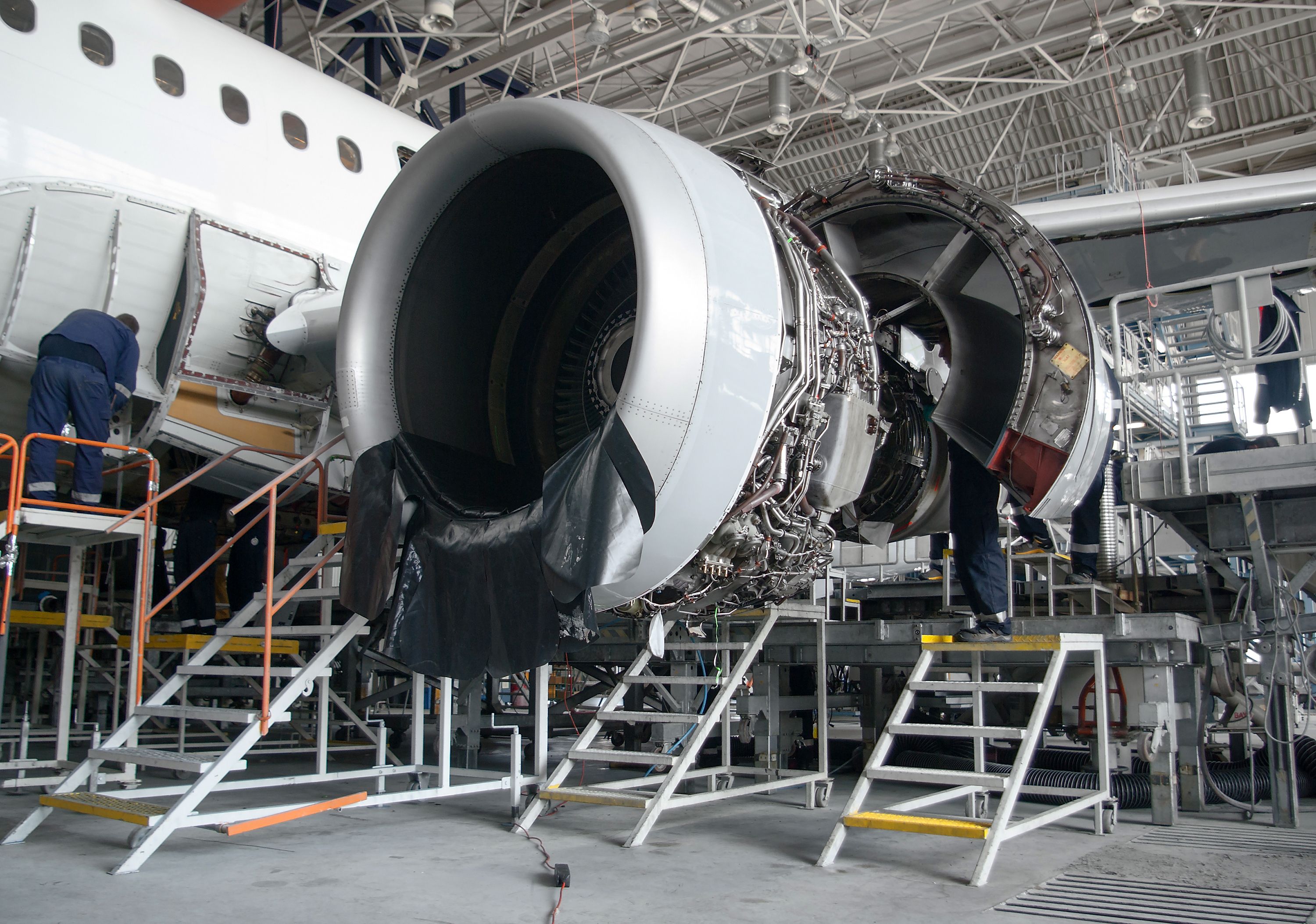Flying is the safest mode of travel, thanks to the aviation regulations that require operators to keep their aircraft in the condition of safe operations. Operators expect their aircraft to cause minimal or no incidents due to mechanical failure.
As such, preventive and on-condition maintenance is performed. Regulatory authorities such as the FAA and EASA require operators to comply with preventative maintenance of critical parts. In doing so, the aircraft maintains its airworthiness certificate.
Preventive maintenance
During a flight, the aircraft structure is put through extreme stress. Whether it is pressure differential for the breathability of passengers or exposure to extreme outside temperatures, routine maintenance is required for safe operations.
The preventive maintenance philosophy is based on timed inspections and maintenance. Almost all critical and non-critical systems undergo periodic inspection and maintenance to prevent mechanical failure. Aircraft parts, assemblies, and systems are repaired or replaced regularly, irrespective of their current state.
For example, the air conditioning system would go through dismantling and maintenance at specific intervals. Even the functioning parts would be replaced with new parts, and the time is zeroed until the next interval is reached.
A survey of the preventive maintenance outcomes from aircraft operators and regulatory authorities worldwide showed that preventative maintenance was ineffective due to the cost of maintenance and lost time on the wing. The aircraft must come off from operations at specific intervals for maintenance checks.
Functional parts routinely went through repair or replacement, only to have a negligible effect on the overall reliability of the aircraft. The findings also showed that interfering with the perfectly-well running systems created new faults.
On-condition maintenance
The on-condition maintenance strategy allows routine inspections. However, parts and systems that operate within limits are left untouched. Periodic checks ensure that systems are functioning within safe operating limits. The specific system goes through the maintenance process at the indication of a defect.
The extent of the maintenance also depends on the defect and the maximum serviceable limit. During maintenance checks, specific work scopes are defined for each system to avoid over-inspection and maintenance.
The first on-condition maintenance program was developed around the Boeing 747-100 aircraft. Apart from critical systems required for airworthiness certification, the hard-timed maintenance strategy on most other systems is dropped. Instead, routine inspections are implemented to identify maintenance needs.
For example, pre-flight checks are put in place rather than changing aircraft tires every so often to determine the wear. Moreover, acceptable limits for wear are determined and checked for during checks. Irrespective of the tires’ age, no “preventive” maintenance is required as long as the condition (wear) is within acceptable limits.
In addition to the airframe, modern engines follow the on-condition maintenance strategy for parts. The only exception is the life-limited parts (LLPs) critical to safe operations. Routine condition monitoring of engines shows performance trends and abnormalities in the engine. Depending on the results, operators follow the OEM and MRO recommendations for maintenance.
What do you think about the differences between preventive and on-condition maintenance? Which, in your opinion, is more desirable? Tell us in the comments section.



